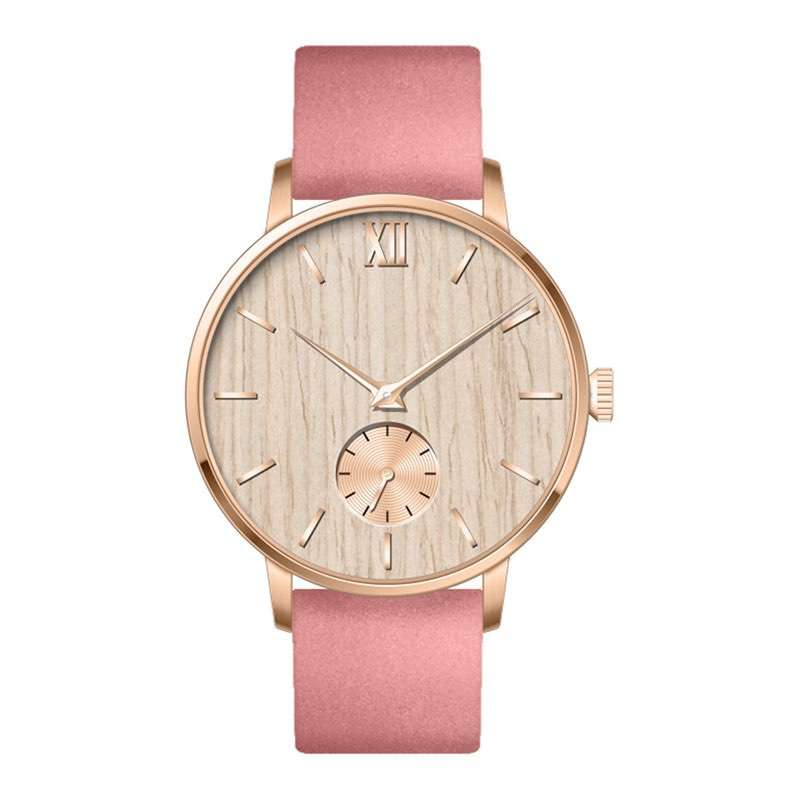


The processes involved in creating a custom wooden watch can vary depending on the specific design and manufacturing methods used by different watchmakers. However, Wooden Watch Factory can give you a general overview of the common steps in custom wooden watch production:
1. Design Concept: The process usually starts with creating a design concept for the watch. This includes determining the overall style, shape, and function of the watch. Sketches or digital renderings can be used to visualize the design.
2. Material selection: The type of wood used in a watch is an important decision. Depending on appearance, durability, and availability, various types of hardwoods can be considered, such as walnut, bamboo, or sandalwood. Wood may come from sustainably and responsibly managed forests.

3. Wood preparation: Selected wood is carefully prepared for watchmaking. This involves cutting the wood into sheets or blocks, which are used to make the various components of the watch. Wood may undergo drying, stabilizing, and conditioning processes to ensure its stability and moisture resistance.
4. Manufacture of components: The wooden components of the watch, including the case, bezel, dial, and bracelet, are made from prepared wood. This can be accomplished through a combination of precision machining, CNC milling, or hand engraving techniques, depending on the complexity of the design and the equipment available.
5. Watch movement and assembly: A watch movement includes the mechanical or quartz mechanism that powers the watch, usually from a professional watch movement manufacturer. The wooden parts are then carefully assembled together with the movement and other watch components such as hands, crown, and crystal.
6. Finishing and polishing: After assembly, the wooden parts are sanded, polished, and finished to enhance their appearance and prevent wear. Different techniques can be used to achieve the desired finish, such as sanding with fine sandpaper, polishing with polish, and applying a protective coating such as varnish or oil.
7. Quality Control: Once a watch is fully assembled and finished, it undergoes a thorough quality control inspection to ensure its functionality, accuracy, and overall quality. This may include testing timekeeping accuracy, water resistance (if applicable), and checking overall workmanship and aesthetics.
8. Customization and Personalization: Custom wooden watches often involve elements of personalization, such as engraved initials, custom engraving, or special messages. These custom features are often added during or after the manufacturing process to give the watch a unique touch.
9. Packaging and Display: Finally, the custom wooden watch is properly packaged, usually in a custom-designed box or box, to protect it during shipping and to enhance its presentation when gifting or selling.
It is important to note that the specific processes and techniques involved may vary between watchmakers and manufacturers. Custom wooden watches can be made by individual artisans or specialized companies with their unique designs and workmanship methods.

2F, Building A, Shimei Industrial Park, Dalang Town, Longhua District, Shenzhen, China